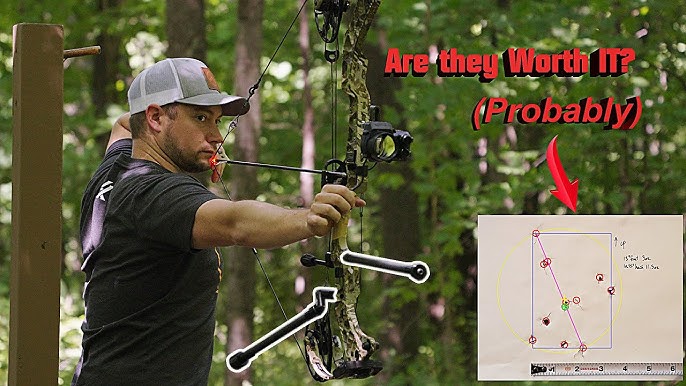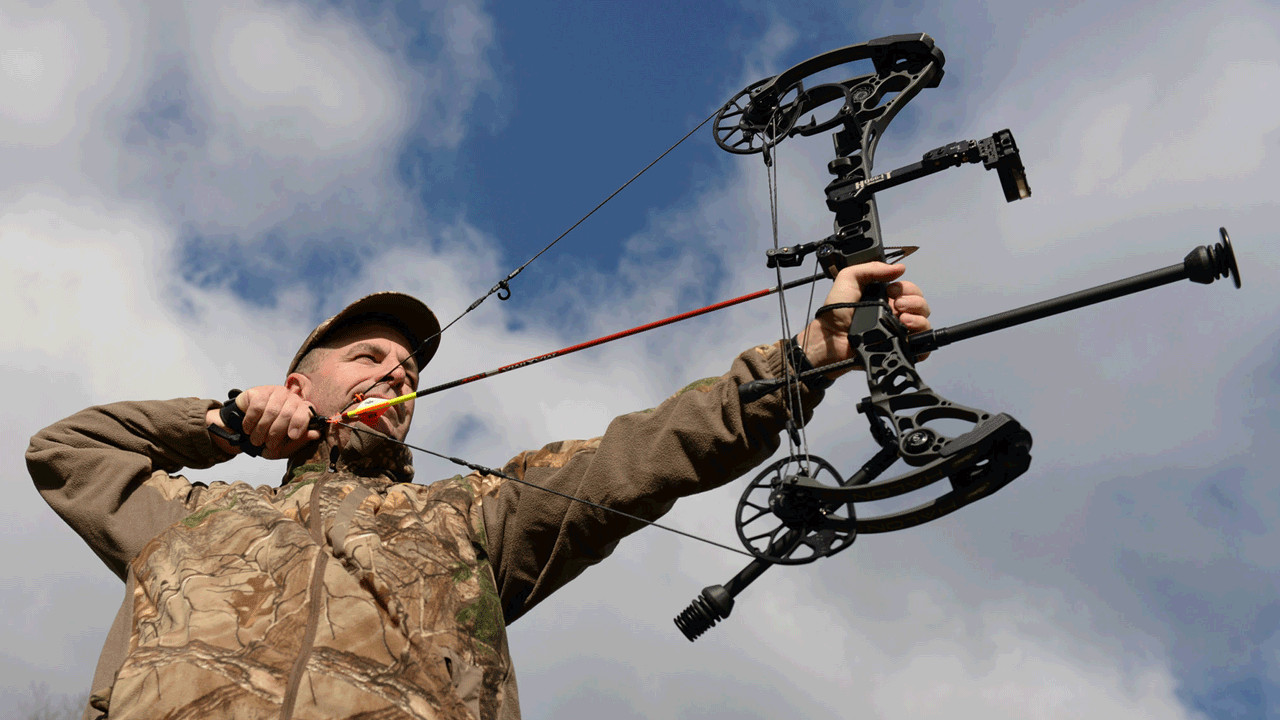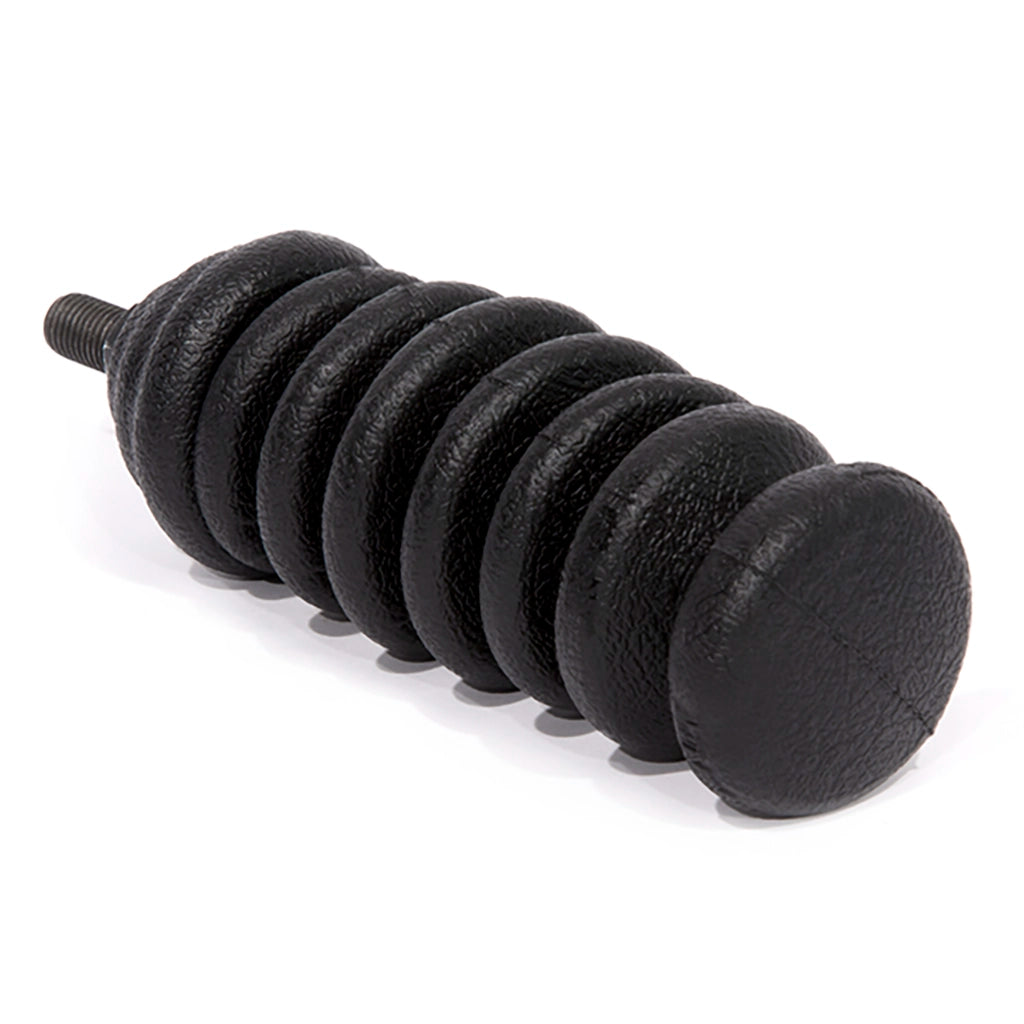Boost Your Accuracy: The Function of Archery Stabilizers
Boost Your Accuracy: The Function of Archery Stabilizers
Blog Article
Master the Art of Archery: Comprehending the Relevance of a Stabilizer in Your Arrangement
Archery, an ancient sporting activity that calls for accuracy, focus, and skill, has mesmerized individuals for centuries. Whether one is an experienced archer or simply starting their journey, the value of a stabilizer in their arrangement can not be overstated. This important piece of tools plays a significant function in boosting accuracy and boosting overall performance. By understanding the benefits of utilizing a stabilizer, thinking about the right elements when choosing one, and properly setting up and readjusting it, archers can boost their abilities to new heights. Let us explore the details of grasping the art of archery and reveal the invaluable role that a stabilizer plays in attaining success on the range.
The Role of a Stabilizer in Archery
A stabilizer plays an important duty in archery by boosting balance and lowering resonances during the shot. When an archer attracts the bowstring and launches it, there is a transfer of power that can create the bow to shake. These resonances can adversely impact the precision of the shot. Nonetheless, a stabilizer assists to counteract these vibrations by absorbing and dissipating the power.
One of the primary advantages of a stabilizer is its capacity to boost balance. When an archer holds a bow, it can be testing to keep a constant goal. The weight of the stabilizer assists to disperse the weight equally, reducing the strain on the archer's arm and boosting stability. This enables the archer to focus on their purpose and implement an extra precise shot.
In addition to equilibrium, a stabilizer likewise aids to lower torque. The weight and style of a stabilizer neutralize this turning, making certain a much more constant and precise shot.
Benefits of Utilizing a Stabilizer
The use of a stabilizer in archery supplies countless advantages that enhance an archer's performance and general capturing experience. To start with, a stabilizer aids to minimize the resonances created upon release of the arrow. These vibrations can cause the bow to torque or twist, causing unreliable shots. By absorbing and dampening these vibrations, the stabilizer improves the stability of the bow, enabling more precise and regular shots.
Second of all, a stabilizer helps to stabilize the bow by adding weight to the front end. This weight distribution counteracts the all-natural propensity of the bow to tip forward upon launch, minimizing the amount of movement and boosting the archer's capability to preserve objective on target.

Last but not least, a stabilizer can likewise serve as a shock absorber, lowering the shock and recoil experienced upon launch. This not only boosts the comfort of capturing but also decreases the risk of injury or stress on the archer's body.
How a Stabilizer Boosts Accuracy
Enhancing the precision of an archer's shots, a stabilizer plays a crucial function in improving general performance. archery stabilizer. By adding security to the bow, a stabilizer helps reduce the undesirable movement and resonance that can occur throughout a shot. This reduction in motion allows the archer to preserve a steady goal, resulting in even more exact and consistent shots

In addition, a stabilizer aids to moisten vibrations that take place upon launch. These vibrations can create the acquiesce shake, affecting the arrowhead's trajectory and precision. By taking in and dissipating these resonances, a stabilizer helps to maintain the bow's stability and ensure a smooth and exact shot.
Furthermore, a stabilizer can additionally aid in stabilizing the weight circulation of the bow (archery stabilizer). By adding weight to the front of the bow, a stabilizer helps to go to this site stabilize the weight of accessories, such as quivers or views, which may be affixed to the bow. This balanced weight circulation helps the archer keep a stable and regulated shooting placement, resulting in boosted precision
Factors to Think About When Choosing a Stabilizer
When picking a stabilizer for your bow, it is important to take into consideration numerous elements that will contribute to its general effectiveness and suitability for your specific capturing style. The first aspect to take into consideration is the size of the stabilizer.
One more element to think about is the weight of the stabilizer. The weight of the stabilizer can impact the balance of your bow.
Furthermore, it is essential to take into consideration the layout and construction of the stabilizer. Some stabilizers have adjustable features, such as flexible size or flexible weights, which permit you to tailor the stabilizer to your details needs. The materials utilized in the construction of the stabilizer can also impact its effectiveness. Carbon fiber stabilizers are resilient and lightweight, while aluminum stabilizers use a balance between weight and rigidness.
Different stabilizers might work much better for certain shooting styles, such as target capturing or hunting. It is a good idea to consult with knowledgeable archers or specialists to identify which stabilizer will certainly best fit your specific demands.
Tips for Properly Setting Up and Readjusting a Stabilizer
Correct installation and adjustment of a stabilizer is crucial for enhancing its efficiency and guaranteeing optimum capturing accuracy. When installing a stabilizer, it is necessary to adhere to a couple of key actions to guarantee its effectiveness. Determine the suitable size of the stabilizer based on your shooting design and preferences. Longer stabilizers provide even more stability however can be less manoeuvrable, while much shorter stabilizers use increased ability to move however might sacrifice security. When you have actually chosen the ideal size, affix the stabilizer to the bow utilizing the given mounting equipment. Ensure that the stabilizer is firmly attached and lined up with the bow's riser.
After mounting the stabilizer, it is needed to make modifications to accomplish the desired balance and shot consistency. he said Beginning by readjusting the weight circulation along the stabilizer. Furthermore, consider changing the angle of the stabilizer to fine-tune the shot.

Verdict
In verdict, a stabilizer plays an essential duty in archery by enhancing precision and reducing bow torque. When picking a stabilizer, variables such as size, product, and weight should be considered to fulfill individual demands.
In addition, a stabilizer can likewise aid in stabilizing the weight distribution of the bow. By including weight to the front of the bow, a stabilizer assists to stabilize the weight of accessories, such as sights or quivers, which may be affixed to the bow. Some stabilizers have flexible features, such as flexible length or flexible weights, which enable you to customize the stabilizer to your specific demands. Carbon fiber stabilizers are sturdy and lightweight, while aluminum stabilizers use a balance in between weight and rigidness.
Longer stabilizers provide even more stability but can be less manoeuvrable, while shorter stabilizers offer raised ability to move but might sacrifice security.
Report this page